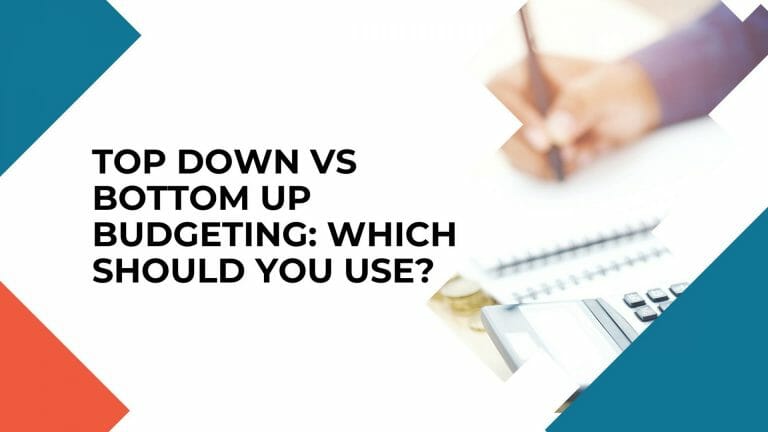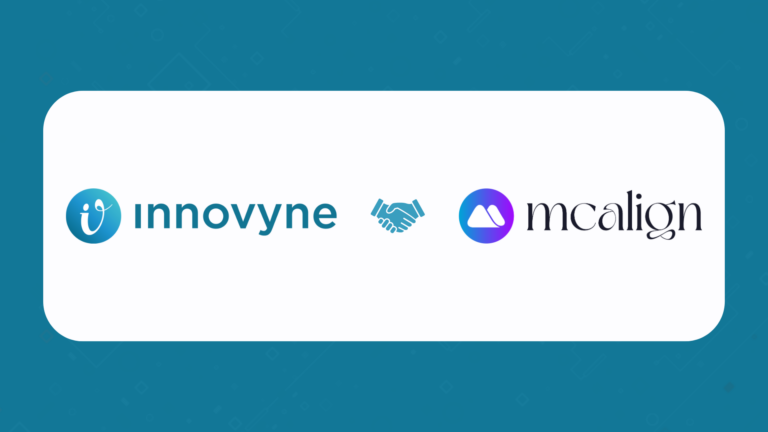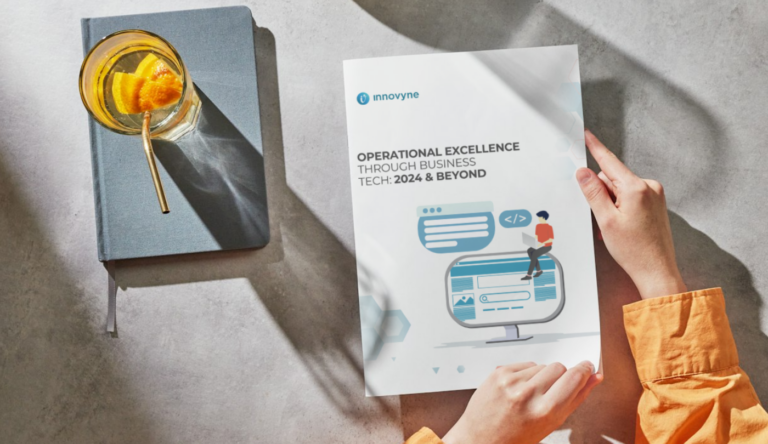Top-down budgeting and bottom-up budgeting are budgeting strategies businesses use to allocate resources between different departments. Depending on company size, these strategies are employed separately or in tandem.
Read on to discover how organizations distribute funds across different departments with these two strategies.
What Is Top-Down Budgeting?
The term top-down describes the process of senior management creating constraints on a budget and then sending the parameters to department managers to create a budget that will be implemented throughout the organization.
Consider an enterprise-level data processing company budgeting for its next financial year. The executive leadership team would look at the budget, financial statements, and market conditions from the previous year and lay out the goals for the next fiscal year.
Department heads would then be given targets to work toward that were in line with the company’s objectives.Various companies in different industries use this budgeting strategy. Let’s now consider the benefits that come with top-down budgeting.
The Pros of Top-Down Budgeting
Generally speaking, top-down budgeting gives department heads and team members a clear picture of upper management expectations and the direction they want to take the business. Here are other benefits to consider:
- Lower management is free to oversee the day-to-day operation of the company because top management is responsible for creating the budget’s outline and splitting it into department budgets.
- Department budgets and goals align with company goals, strategies, and overall organizational performance.
- Time saved to create the budget—executives will buy into the budget because it reflects future company growth plans
- Departments are more efficient with spending because of constraints placed by their leaders. Future budgets can be cut if resources are not used optimally
Let’s think about the other side of the coin and consider the cons that come with top-down budgeting.
Top-Down Budgeting Cons
Top-down budgeting cascades resources to each department and encourages budget-spending optimization and performance maximization. Senior management can overlook minute details of projects. Here are other cons that result from top-down budgeting:
- Departments may need additional funds to spend on projects because of budget miscalculation
- Budget buy-in from individual departments may be harder to obtain
- If upper management doesn’t take their ideas into account when making the organization’s budget, department middle managers might feel left out.
- If KPIs and the budget don’t match up, budget implementation might not go as well as it could.
We have covered the pros and cons of top-down budgeting. Let us now shift our attention to bottom-up budgeting.
What Is Bottom-Up Budgeting?
Bottom-up budgeting is a budgeting strategy that is created by departments. Department managers then send this budget to executive leaders for appraisal and approval – the term “bottom-up” denotes the fact that the budget originated internally from departments within the organization.
The Bottom-Up Budgeting Process
Department managers and project leaders set goals and identify projects to execute for the upcoming year. The departments then calculate the costs associated with their plans and aggregate these figures into a single department budget.
The finance department receives the figures associated with these projects and then calculates an overall budget for the organization.
Bottom-Up Budgeting Strategy Used by a Solar Panel Manufacturer
A solar photovoltaic (solar panel) manufacturer can use bottom-up budgeting if the heads of its operations and procurement departments know that old machinery needs to be replaced.
Their middle management can build a budget for their departments based on the previous year’s project delivery costs and then send this budget to executive leaders for appraisal and approval.
The budget gets the green light if the capital expenditure contributes towards improving the operating margins for the manufacturer.
Let us now focus on the pros that come with bottom-up budgeting.
Bottom-Up Budgeting Pros
A bottom-up approach to creating a budget builds on the little details that a manager understands from the day-to-day operation of a business. This budgeting strategy can be called descriptive because of the knowledge that is added together to create the big picture strategy that will drive a firm forward.
This strategy is suitable for large, complex, and decentralized organizations that have competent lower-level managers who understand customer behavior and preferences.
Here are the pros that are associated with bottom-up budgeting:
- The budget is specific because departments that input resources into creating the company’s products and services
- Increased efficiency that is a result of interdepartmental collaboration, synergy, and delegation
- Increased employee buy-in and budget ownership from middle management and staff
- The budget is data-driven because it is based on lower management’s day-to-day operation experience
Bottom-up budgeting is ideal for companies that want to give employees ownership of their budget and the department’s direction. These companies typically have a culture of transparency that has strong interdepartmental communication within the organization. The finance teams within these types of businesses usually keep track of the larger organizational goals.
We have looked at the pros of bottom-up budgeting; let us now shift to the cons.
Bottom-Up Budgeting Cons
Creating an accurate budgeting plan is incredibly difficult. Utilizing department managers that track milestones, projects, and timelines will help tackle this challenge. But this budgeting technique comes with its own set of flaws. Here are the cons that come with bottom-up budgeting:
- Departments may demand a greater than necessary allocation because of a lack of constraints from upper management.
- Overspending might occur because of a lack of constraints from top management
- Bottom-up budgeting requires more time to create compared to top-down budgeting because of the increased number of stakeholders that need to bring the budget in line with the organization’s objectives.
- Bottom-up budgeting is decentralized. This might create a misalignment between departmental and organizational objectives.
That concludes our analysis of the cons of bottom-up budgeting. This leads us to the question of how organizations decide whether to use top-down or bottom-up budgeting.
When Should I Do Top-Down vs. Bottom-Up Budgeting?
Businesses should use a top-down budgeting strategy when executive leaders have an intimate knowledge of each department’s needs. This departmental knowledge should create budget constraints that do not impede the business’s day-to-day operation.
An example of when a company can use a top-down budgeting strategy
A top-down budget might be beneficial for a small growing business that has less than 10 employees. An example could be an office moving company that needs to monitor its budget in order to reach strategic goals and deliver an exceptional service.
On the other hand, organizations should follow a bottom-up budget strategy when they are large and have departments that can create their own budget estimates that would be shared with senior leadership.
An example of when a company can use a bottom-up budget strategy
An engineering consulting firm that hires more than 3,000 consultants could use a bottom-up budgeting strategy because departments have expertise and employees can take ownership of the budget planning process.
An organization can combine these two popular budgeting approaches to create a custom budgeting plan. Read on to find out how you can combine the top-down and bottom-up methods.
Combining Top-Down and Bottom-Up Methods in Planning
An optimal budget follows a philosophy that incorporates a hybrid approach that involves all parts of an organization. The actionable plan can incorporate the executive leadership’s parameters in combination with bottom-up expertise.
In other words, the budget will have a collective thought process that details the day-to-day choices available for an organization to create a realistic PNL for different departments.
Here is a two-step process that you can execute that will combine both methods to create a hybrid budget:
- Executives establish top parameters for the budget, such as target revenue, profit levels, marketing spend, and HR investment.
- The broad budget is allocated to middle managers so that they can create detailed budgets within the parameters.
This leads us to the conclusion of this article.
InnoVyne Technologies is a software consultancy that plans, develops, and delivers strategic support for your integrated performance management. Our specialists can train your in-house team to operate software for your sales performance management and financial planning needs. We can also help your organization with any future changes, updates, or problems by putting in place professional software implementation services.



